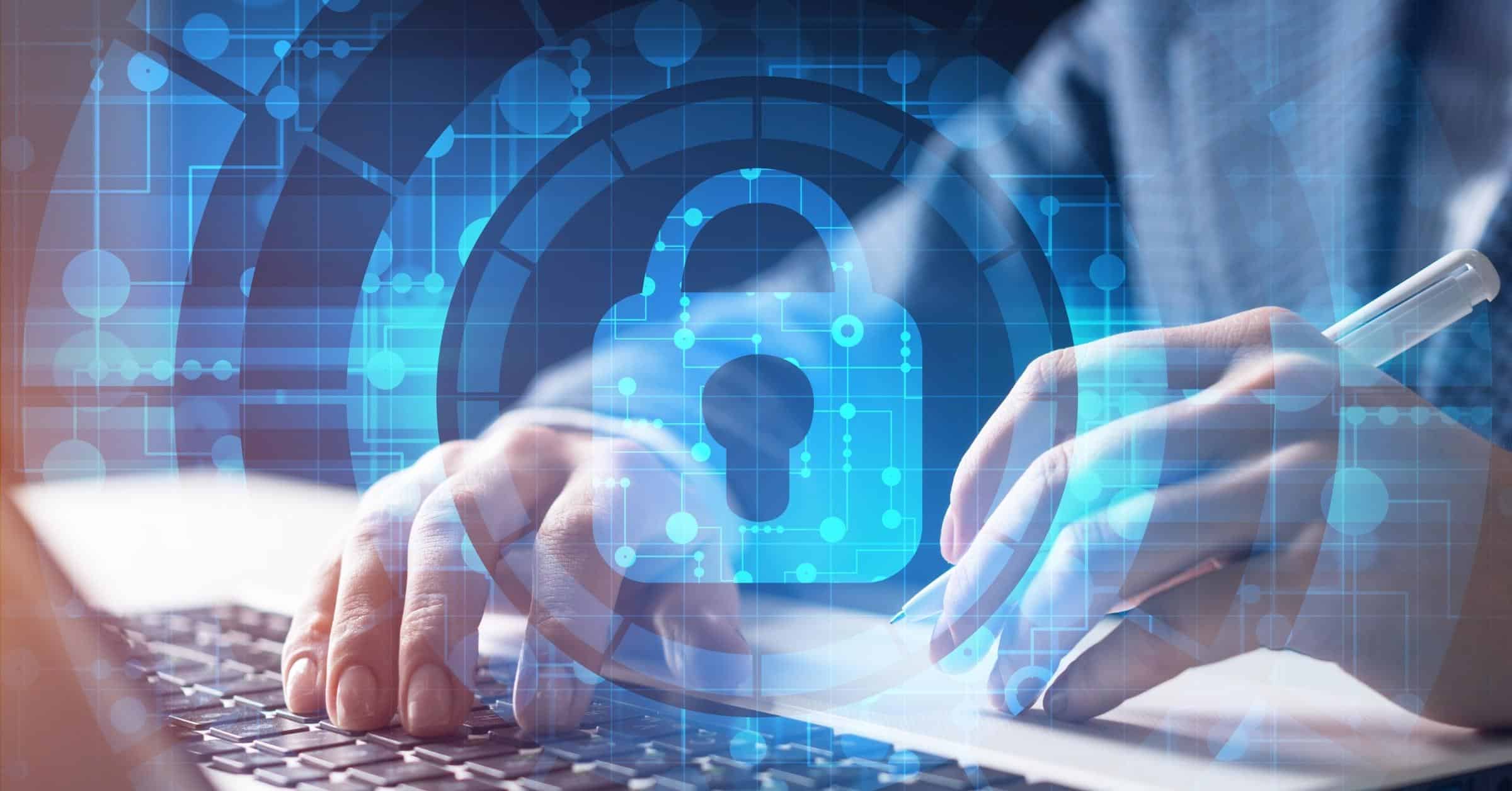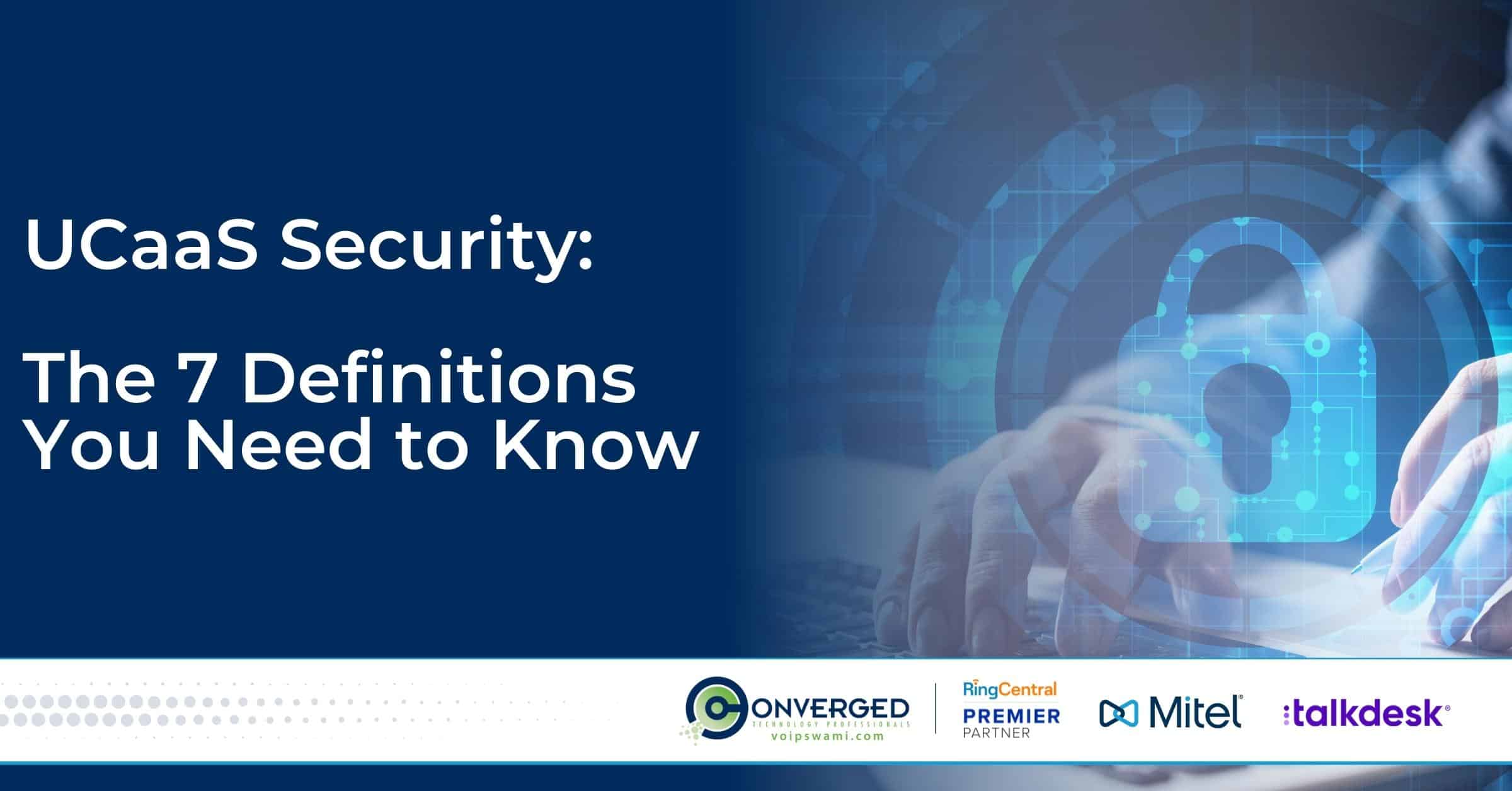
There's obviously a lot to think about when modifying business communications systems regarding functionality, price, and features. Whether you're considering a complete UCaaS overhaul or a phased migration, there's one other piece outside the IT department that's not always thought of but should also be top of mind for all decision-makers. That's security.
When it comes to that subject, the ins and outs can be overwhelming. Unless you're an expert on secure connectivity, how do you know what you need? Additionally, how can you keep your cloud-based systems and information secure and your network running? A huge consideration when many, if not all of your staff, are remote.
1. Authorized Users: Who Has Access and to What?
One of the best things about a UCaaS platform is how easy it is to manage. It's usually as simple as logging in to a virtual dashboard through your provider's app.
System administrators typically handle various functions such as assigning user permissions, adding and deleting phone extensions, managing extension PINs, and even designating international call settings and locations.
Therefore, it's vital to assign trusted system administrators as they'll maintain a high level of control over your communications program. After all, they're the people who will establish end-user accounts along with the degree of access each user has to the platform.
2. Data Center
A data center is the physical location hosting your cloud-based platform. Expressly set up for housing servers, hardware, and sensitive information, the data center should be as secure as possible.
To ensure maximum data protection, you may want to check if your provider's data center uses MFA, short for multi-factor authentication. MFA requires three layers of security not only for physical access to the property but for virtual access to your platform as well.

3. E2E: End-to-End Encryption
E2E means that only the parties involved in the communication (voice, video, messaging, & more) have access to the data. Your provider doesn't have access if they aren't part of the interaction, nor does anyone else. Only involved entities have the encryption keys.
But beware, not all providers supply the same E2E protections. As you're looking into each, ask them what end to end encryption means to them. You may find it helpful to use a trusted communications partner like us to help you navigate the ins and outs of different cloud platform providers so you can make an efficient, educated, and informed decision.
4. Redundancy
Usually, being redundant isn't considered to be positive, but with UCaaS, it's a whole other story!
Redundancy happens at the data center level, and it means that if there is an outage of some kind (a natural disaster, for instance), there are layers of redundant data centers at various locations to keep your system running, so you don't experience downtime.
One more thing to consider–testing backup systems often ensures their reliability.
5. Single Sign-On (SSO)
Another aspect to think about in terms of authorizing users is single sign-on or SSO. Administrators can allow Single Sign-On, which helps alleviate log-in fatigue by reducing the number of passwords utilized when configuring a new user.
However, while SSO makes logging in simpler, it does carry some security risks if a password is compromised since attackers may gain access to multiple access points in one attack.
Some providers, like RingCentral, employ a dual access gateway (DAG) or have other means of admin controls that make SSO less vulnerable to hackers.
6. Two-Factor Authentication
Admins have the authority to set user permissions and can require two-factor authentication for log-in if warranted and at specific intervals. When prompted, this type of validation requires the user to enter a code generated through a second party authenticator, like Duo.
Administrators may customize this type of verification to your organization's needs. For some applications, you might see fit to have two-factor authentication every sign-on, and for others, maybe once every three days or weekly will suffice.
7. Voice Phishing (VPhising)
Fraud is an issue that's not new to telephony. Whether you're using traditional landlines or VoIP, hackers have sophisticated methods of listening to calls and stealing information.
While one solution alone can't stop fraudulent activity, a UCaaS system helps in that area by allowing for alerts and monitoring of suspicious activity in real-time.
It's essential to understand that UCaaS providers take security seriously, but not all provide the same levels of safeguards on their platforms. Be sure to do your homework when choosing a system. Or better yet, partner with a communications expert like us to help along the way.
Contact us to learn more about UCaaS security.
If you enjoyed this article you may also enjoy:
